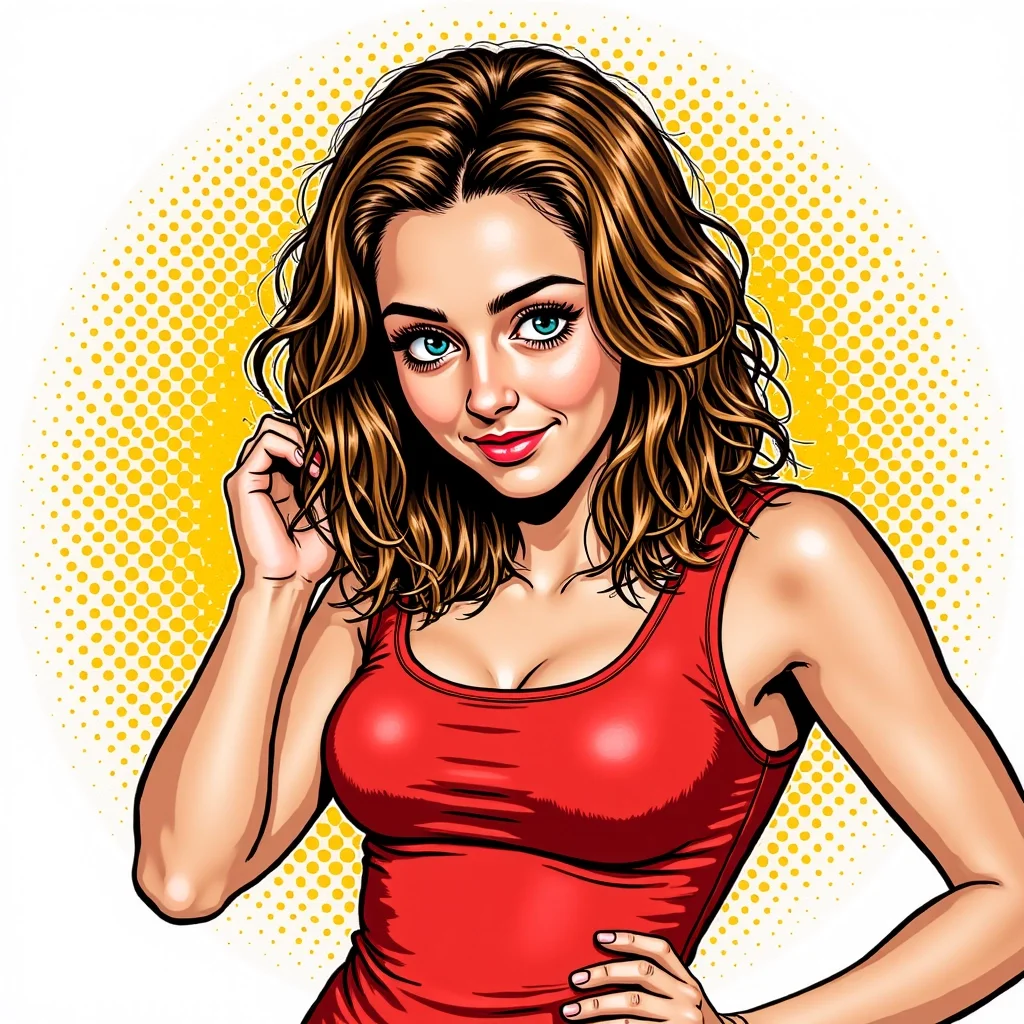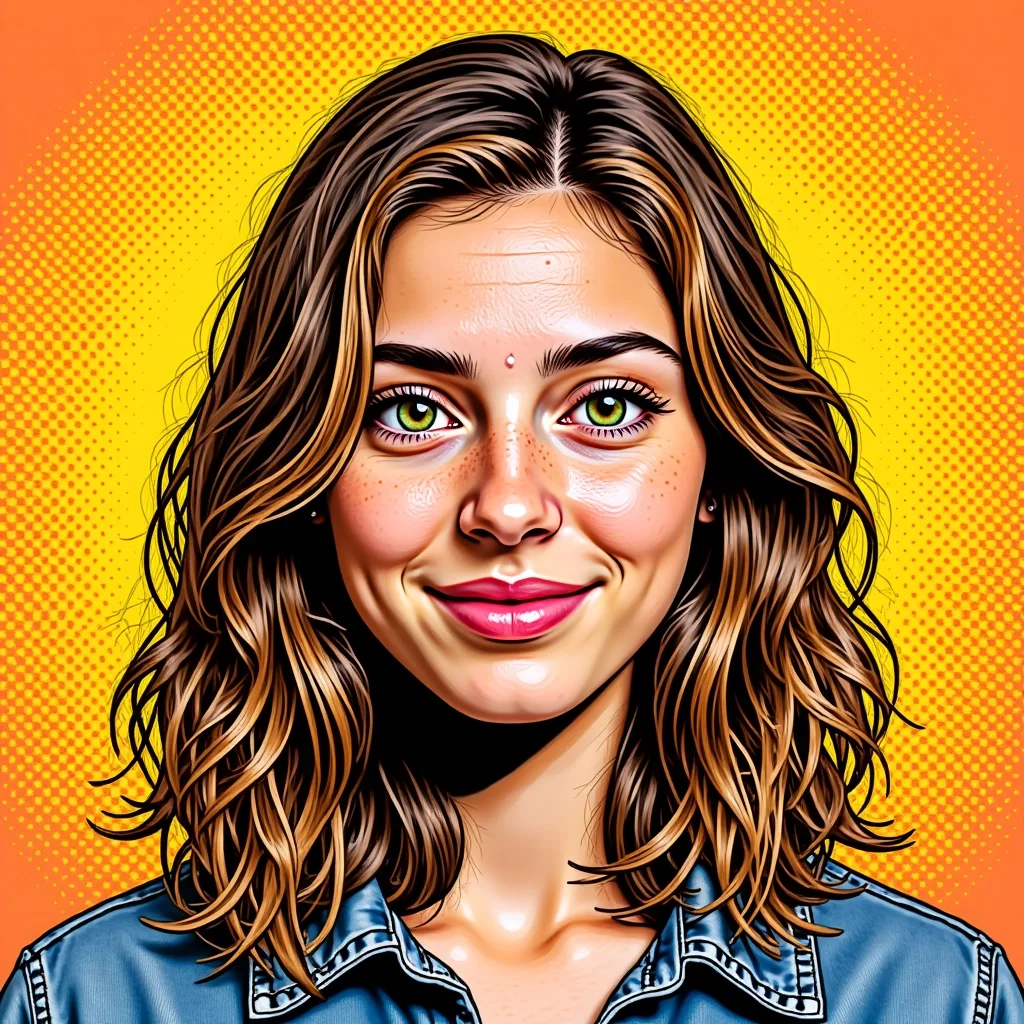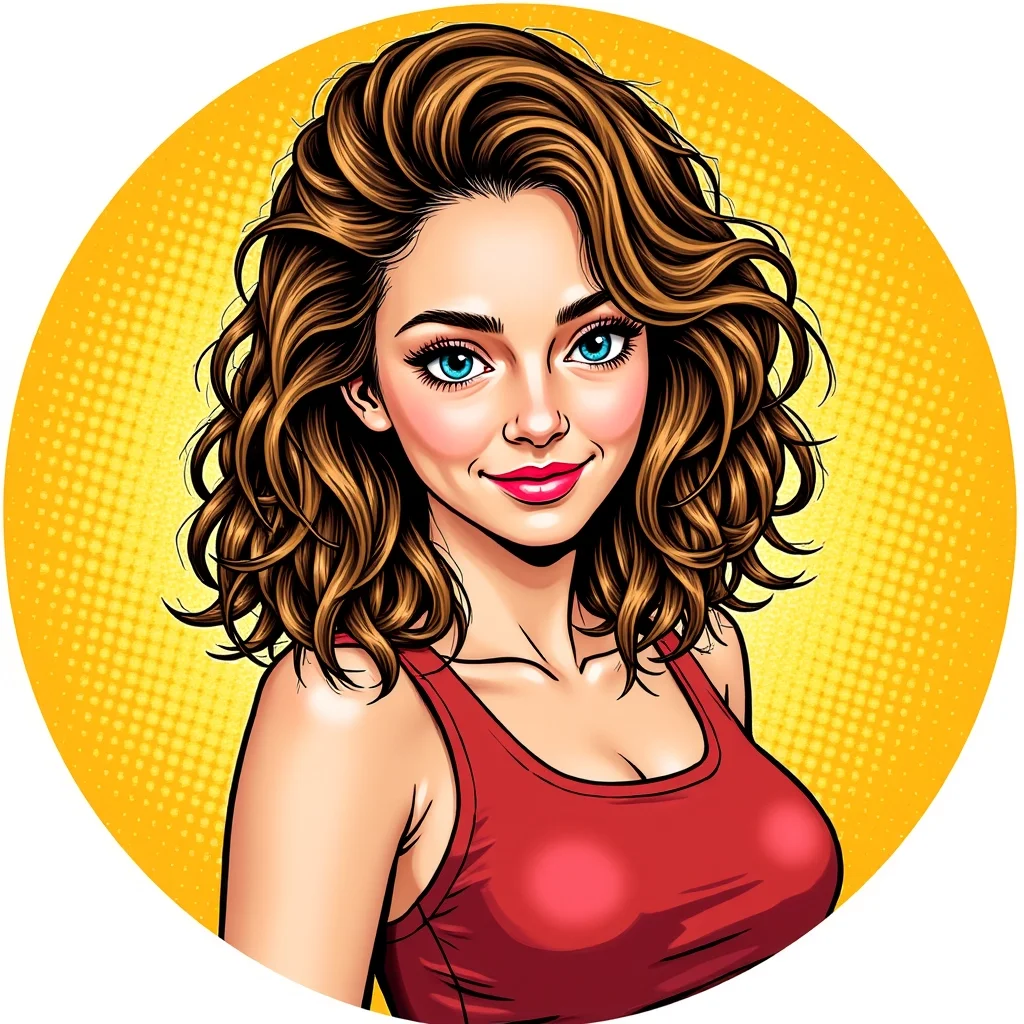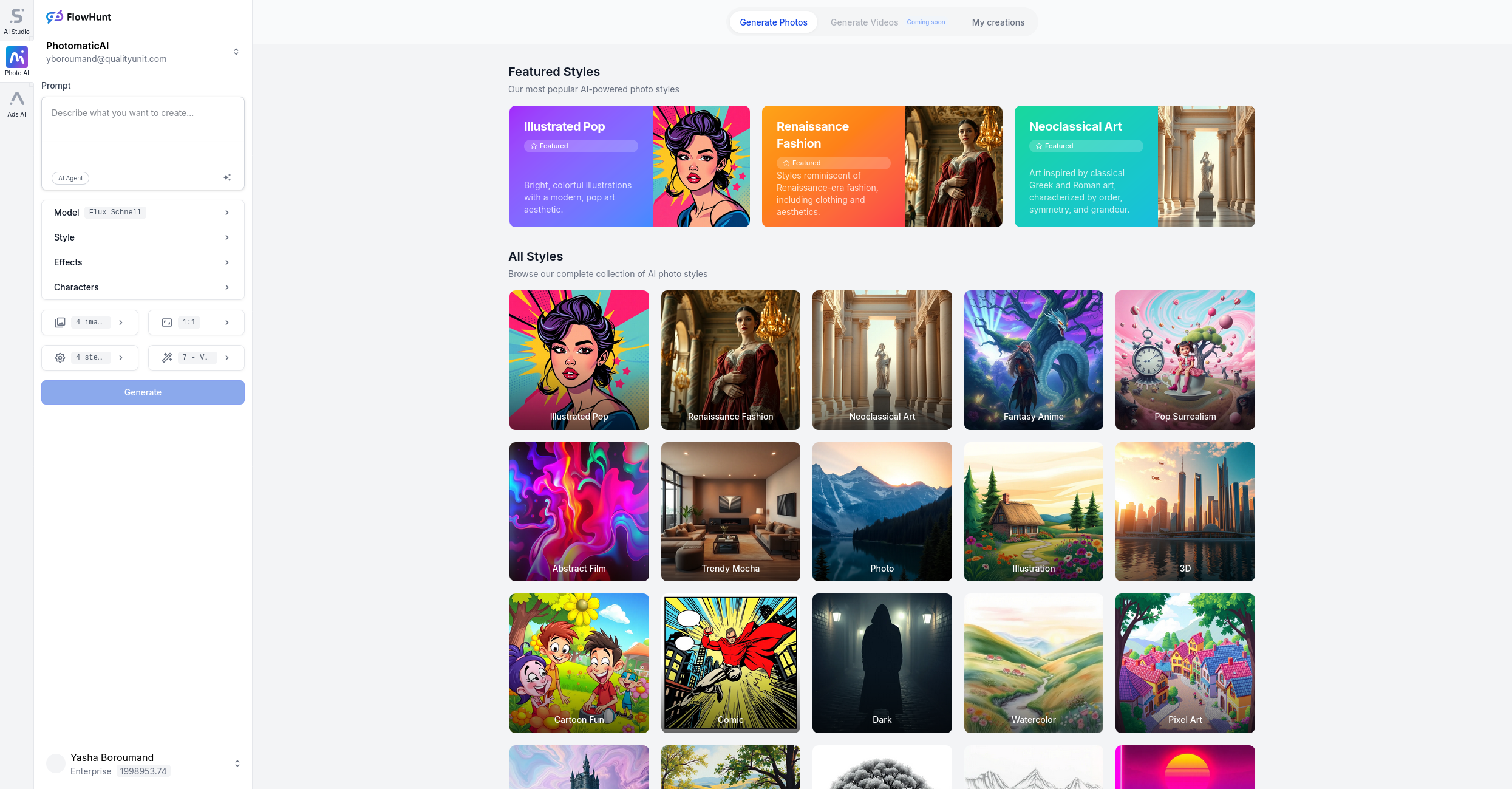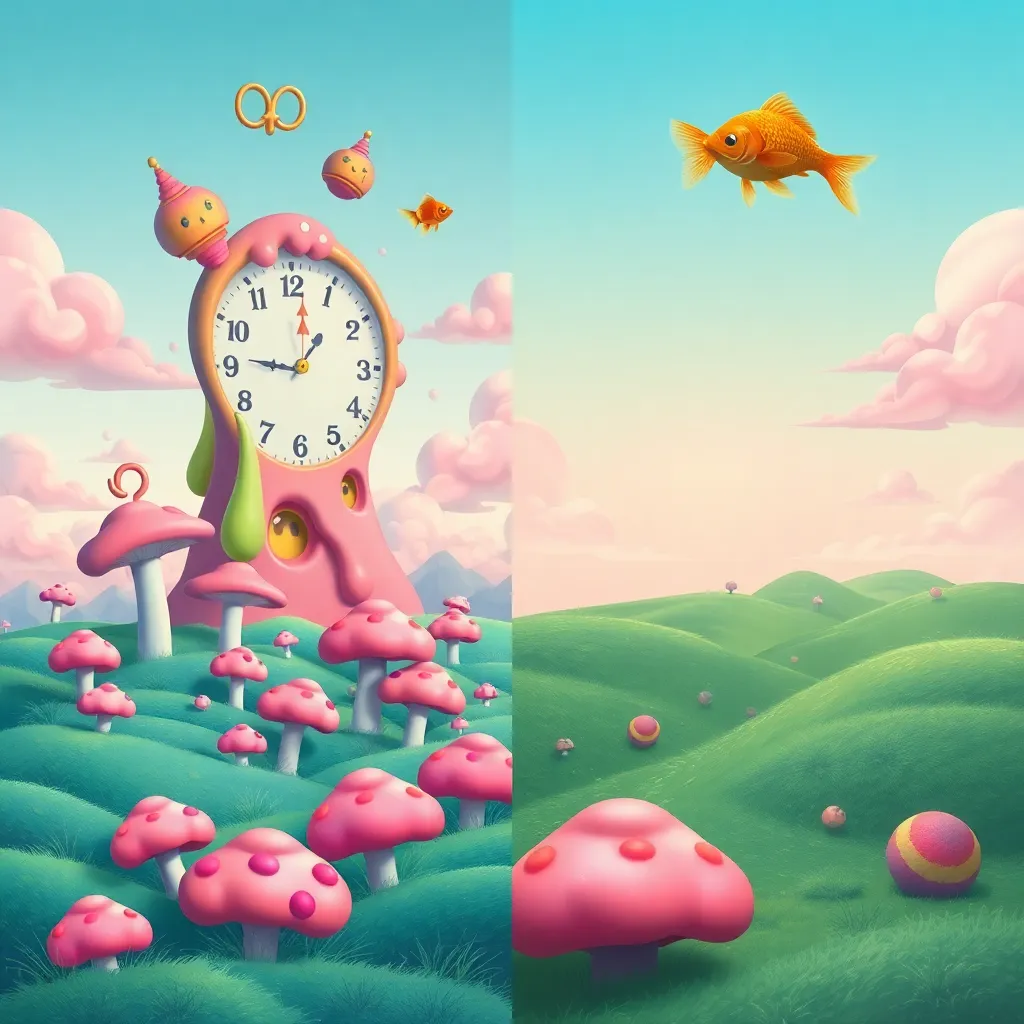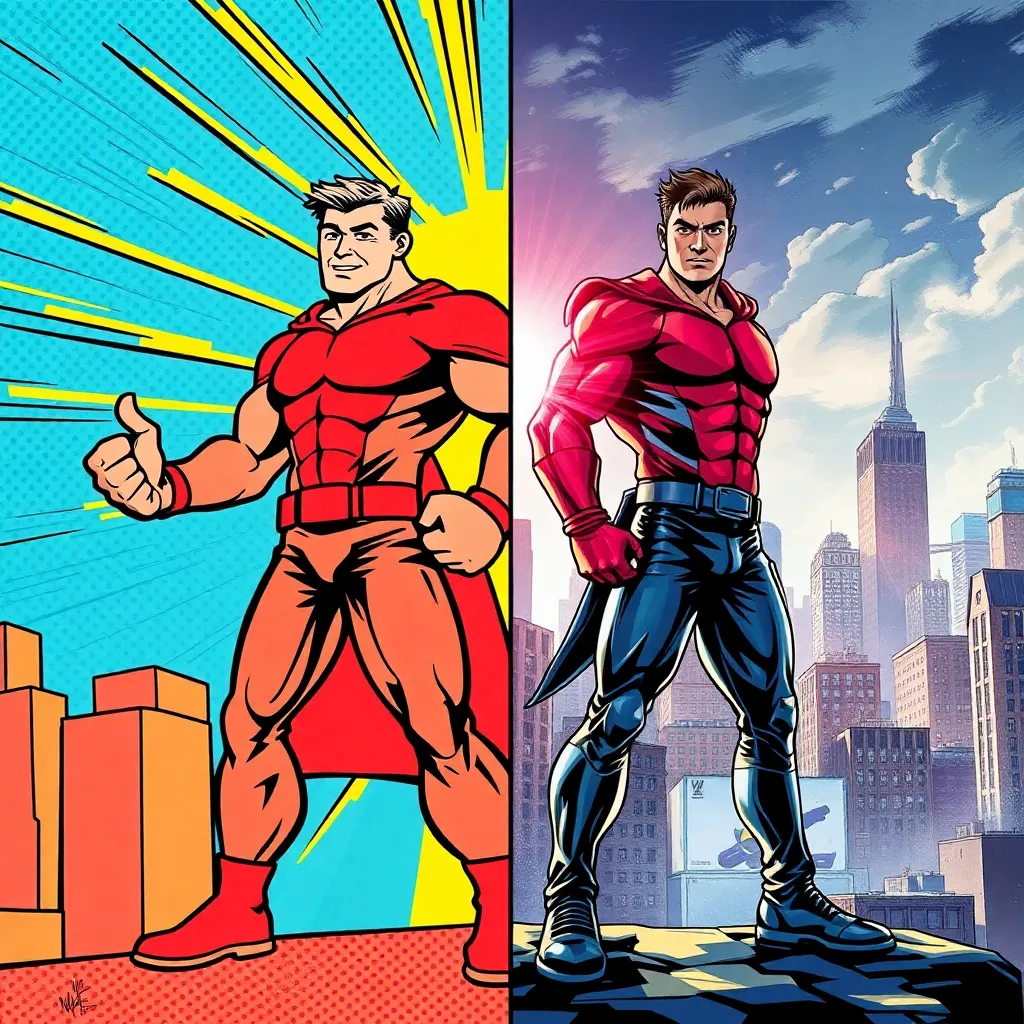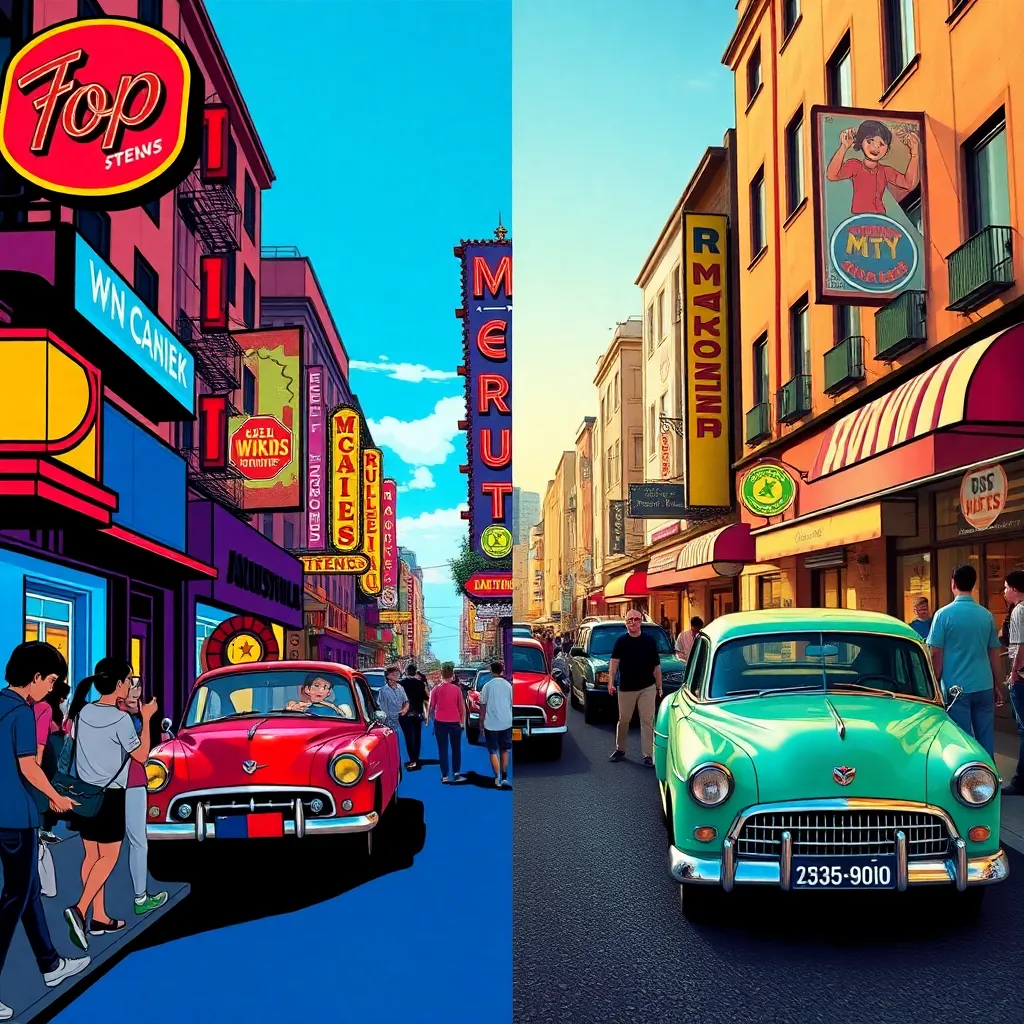
Illustrated Pop AI Image Generator
Illustrated Pop Style is a visually striking color and illustration effect that infuses photos with bold outlines, vivid colors, and graphic elements inspired b...
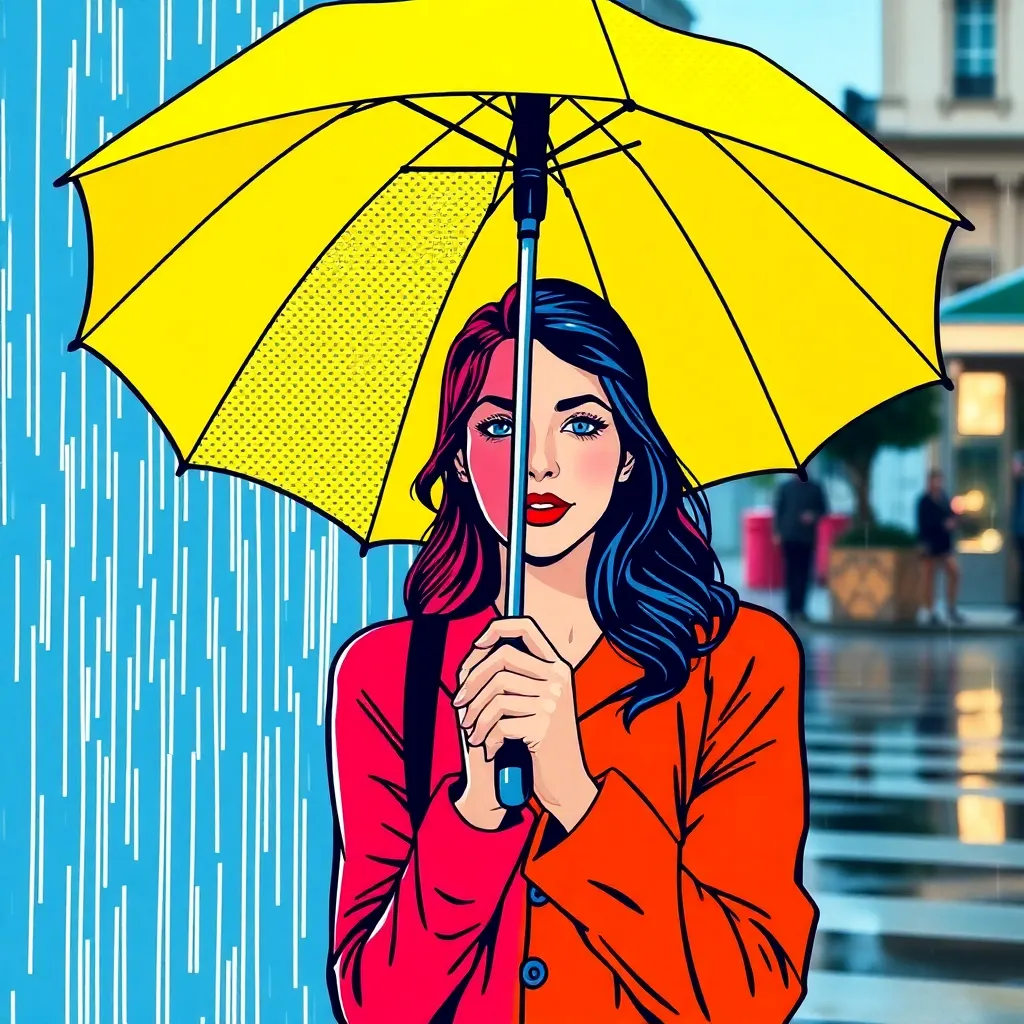
Style
Pop-Art Style is a photographic and illustrative effect inspired by the iconic visual language of the Pop Art movement. Characterized by bold, vibrant colors, heavy outlines, halftone dots, and graphic comic book elements, this style transforms photos into striking, energetic, and playful works of art. Popular for its ability to inject fun, drama, and retro flair, Pop-Art Style is widely used in posters, advertisements, fashion, music, and creative social media.
Train AI Image Models
Train a unique character from your own everyday photos, apply the ready to use Pop-Art Style to generate interesting and eye-catching images.
Starting point for AI training is set of your images. More images of same character can be added to improve the model.
Apply ready to use styles and effects on pretrained model or use custom prompt to generate images.
Images generated from the pretrained model
Transform your photos into dynamic, colorful Pop-Art masterpieces using Photomatic AI. Experiment with bold colors, halftone dots, and comic-inspired effects to create images that stand out—perfect for posters, album covers, branding, and more!
See What You Can Create with Pop-Art Style
Pop-Art Style is a transformative visual effect rooted in the Pop Art movement of the 1950s and 1960s, pioneered by artists like Andy Warhol, Roy Lichtenstein, and Richard Hamilton. This artistic movement broke away from traditional fine art by embracing imagery from popular culture—advertising, comic books, consumer goods, and celebrities. The hallmark features of Pop-Art Style include:
This style is instantly recognizable for its ability to make ordinary subjects extraordinary, turning snapshots into visually dynamic artworks full of personality and pop culture references.
Pop-Art Style has seen a resurgence in both digital art and commercial photography, embraced by:
Whether for professional branding, personal projects, or creative experiments, Pop-Art Style is favored by anyone looking to make a statement with their visuals.
Pop-Art Style transforms ordinary photos into captivating works of art. Here’s how it enhances images:
By transforming the mundane into the extraordinary, Pop-Art Style ensures every photo leaves a strong visual impression.
Pop-Art Style is versatile and impactful across many types of photography and design. Key use cases include:
By leveraging Pop-Art Style, creators can turn everyday images into marketing powerhouses and pieces of art.
Pop-Art Style is more than just a visual effect—it’s a creative language that turns ordinary photos into bold, memorable statements. Whether for social media, advertising, music, or fashion, this style’s playful energy and retro flair make it a favorite for anyone seeking to stand out. Explore the possibilities with Photomatic AI and let your creativity pop!
Sample Pop-Art Images: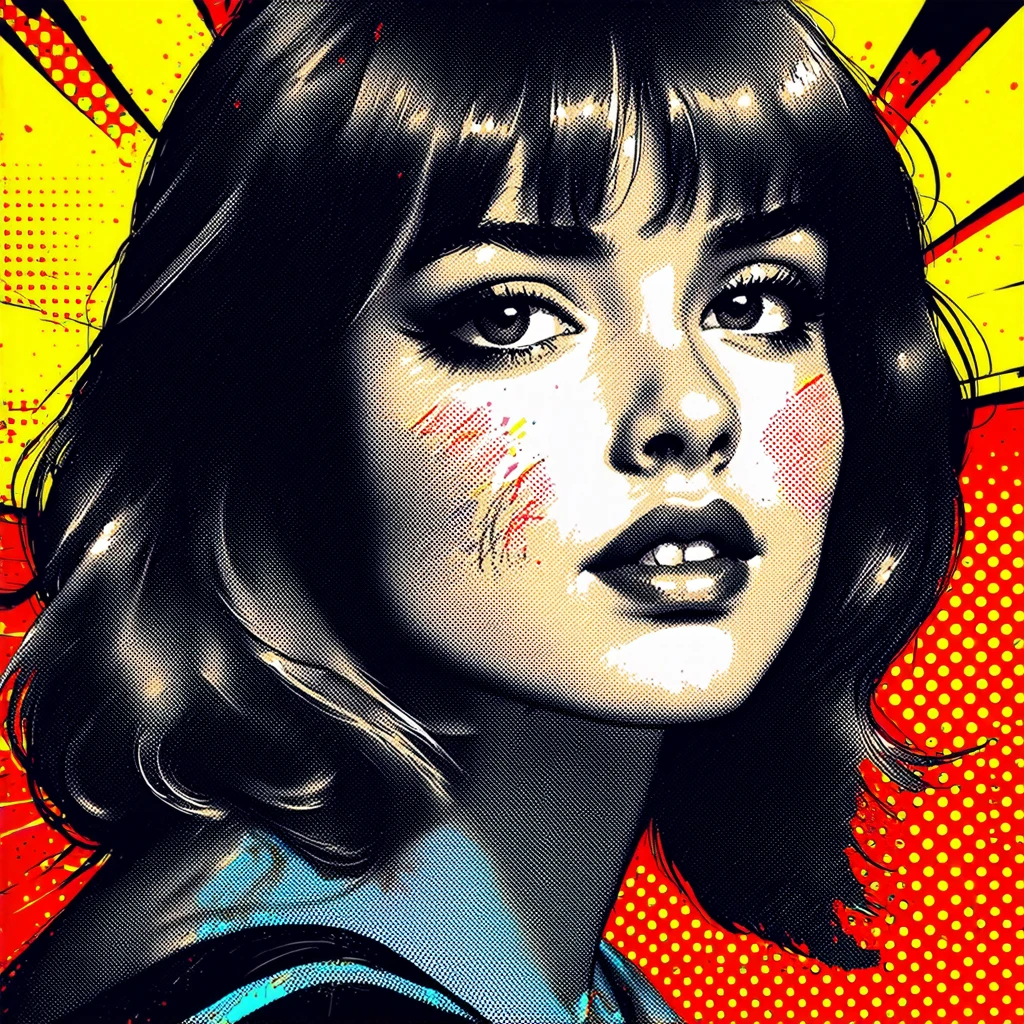
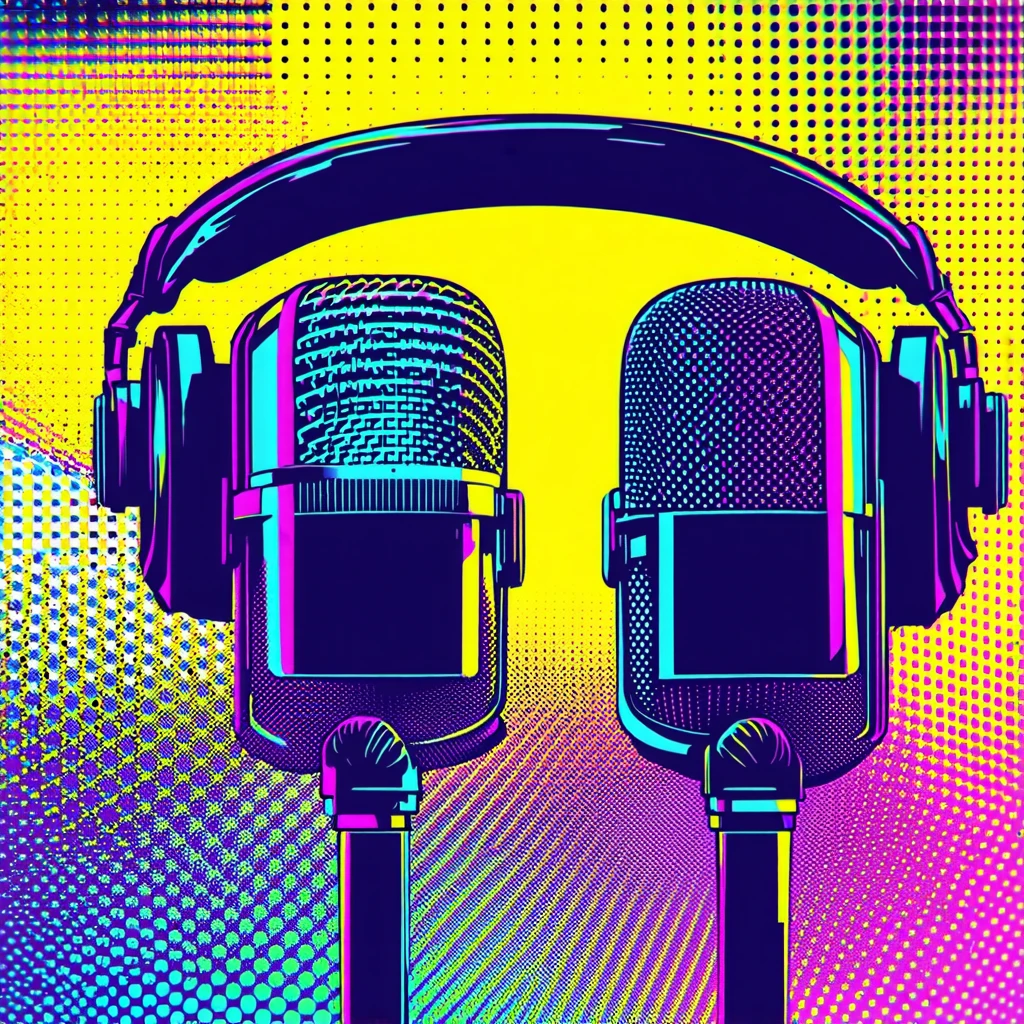
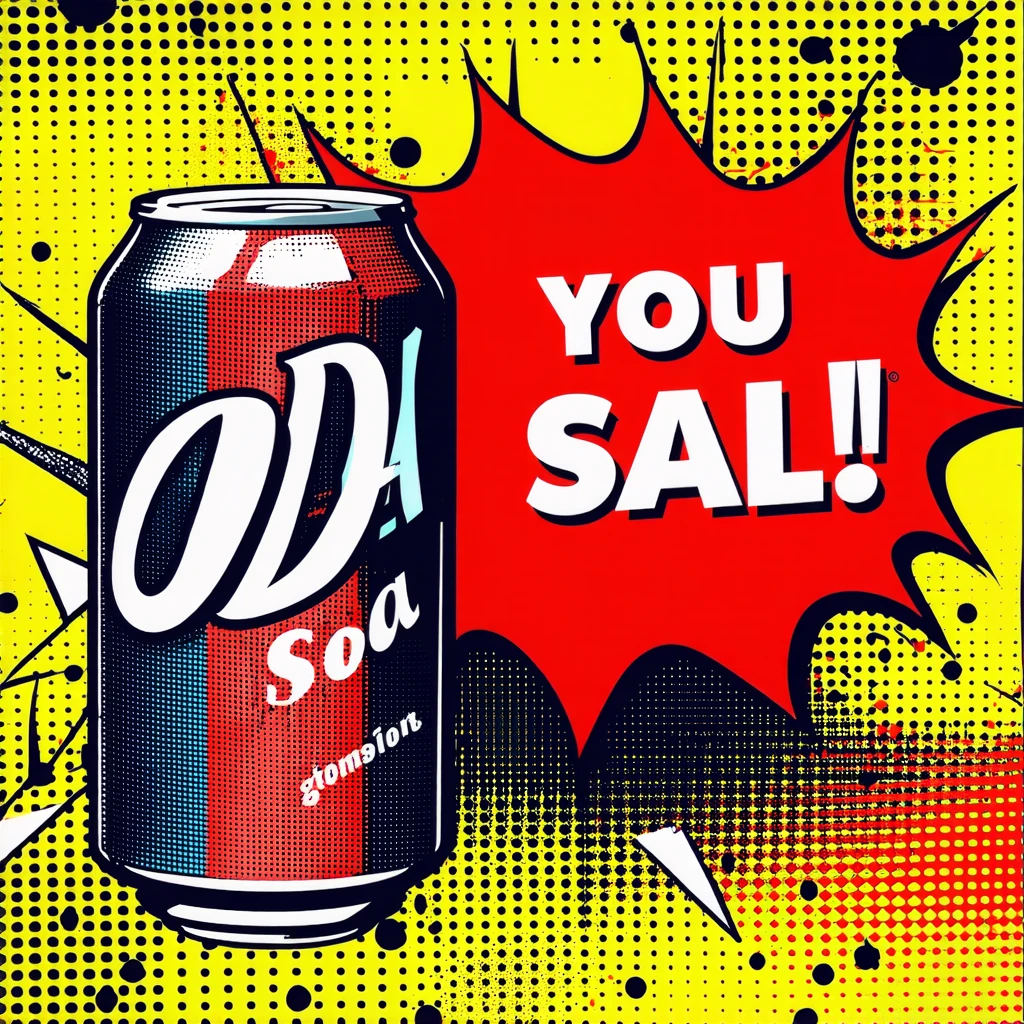
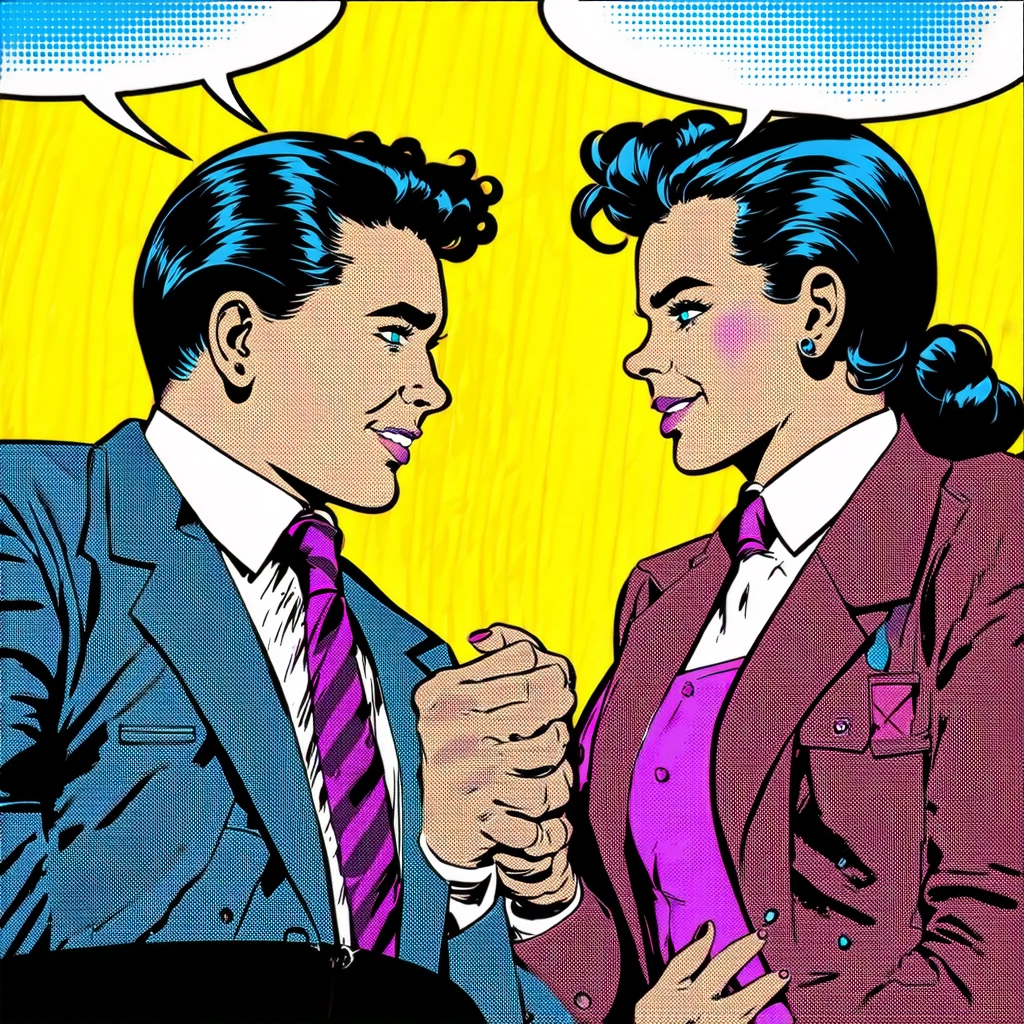
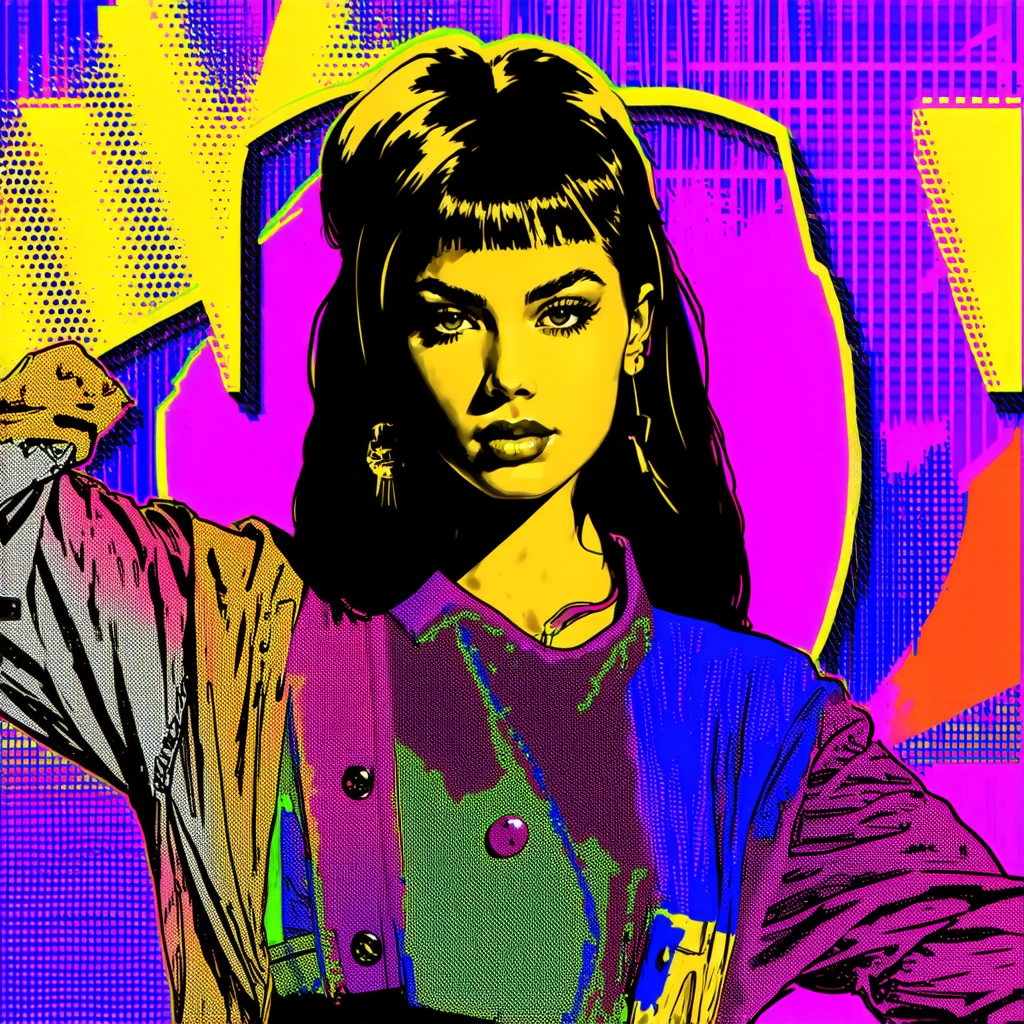
Automate your image generation with AI Agents
Pop-Art Style is a visual effect that emulates the iconic look of the Pop Art movement, using vibrant colors, graphic outlines, comic book elements, and halftone dot patterns. This style brings a playful, retro, and energetic vibe to photos and illustrations, making them visually striking and memorable. You can easily create Pop-Art Style images with Photomatic AI, which offers dedicated Pop-Art models and effects.
Creating Pop-Art Style images is simple with digital tools like Photomatic AI. Just upload your photo and choose the Pop-Art effect to instantly apply bold colors, outlines, and halftone textures. You can further customize the look by adjusting color palettes or adding comic elements for a unique, professional-quality result.
Pop-Art Style excels with portraits, products, fashion, music covers, and advertisements. Its bold and graphic nature highlights facial expressions, objects, and scenes, making them pop with energy and personality. It's especially effective for creative projects that aim to capture attention and convey a sense of fun or drama.
Absolutely! Pop-Art Style is widely used in professional settings including advertising campaigns, social media branding, music album covers, event posters, and fashion lookbooks. Its high-impact visuals make it ideal for projects that want to make a bold statement and connect with a modern, youthful audience.
While Pop-Art Style is perfect for portraits, product shots, creative advertisements, and editorial work, it may not suit genres requiring subtlety or realism, such as traditional landscape or documentary photography. However, when you want to add excitement, retro flair, or visual punch, Pop-Art Style shines.
Let us help you automate your marketing tasks. Our platform allows you to create custom AI chatbots, agents, and workflows that can handle a wide range of tasks, from customer support to content generation.
Generate professional marketing visuals in seconds. Our AI creates stunning images that maintain brand consistency across all your campaigns without expensive design services.
Produce large volumes of customized content efficiently. Create hundreds of images, blog posts, and marketing materials simultaneously with our AI automation workflows.
Train AI models on your brand assets to create unique, on-brand visuals for any campaign. Maintain consistent visual identity across all marketing channels with character training technology.
Illustrated Pop Style is a visually striking color and illustration effect that infuses photos with bold outlines, vivid colors, and graphic elements inspired b...
Pop Surrealism is a visually arresting style that merges the fantastical elements of surrealism with the bold, graphic appeal of pop art. This color grading and...
Comic Style is a bold, graphic photo effect that transforms images into dynamic, illustrated scenes reminiscent of comic books. Characterized by strong ink outl...

